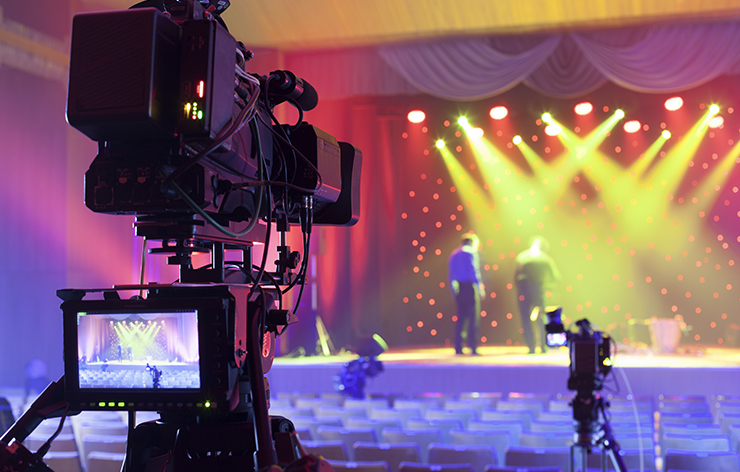Essential Strategies for Guaranteeing Optimal Functionality of LED Display Screens During Live Concerts
Essential Strategies for Guaranteeing Optimal Functionality of LED Display Screens During Live Concerts
Blog Article
Light Emitting Diode video screens are becoming increasingly common for real-time events, such as musical events, meetings, and athletic games. These massive screens provide vibrant images that can enhance the audience's experience. However, to guarantee best performance during these performances, it is crucial to apply particular strategies. This piece will discuss five essential strategies that can help maintain the quality and dependability of Light Emitting Diode video screens during live events.
First and most importantly, correct installation is vital for the functionality of Light Emitting Diode display screens. The setup should be done by qualified professionals who understand the technical requirements of the gear. This entails making sure that the display wall is securely mounted and that all links are properly made. Additionally, the site of the video screen should be thoughtfully selected to avoid harsh light, which can cause glare and impact visibility. A thought-out setup will help prevent technical problems and ensure that the display wall operates smoothly throughout the performance.
Another crucial tactic is to perform comprehensive checks before the event starts. This includes running the display wall through multiple situations to check for any possible problems. Specialists should test the brightness, color accuracy, and resolution of the display. It is also important to check the audio-visual synchronization, especially for performances that include film playback. By spotting and resolving any problems in advance, performance organizers can prevent disruptions during the real-time event and guarantee a smooth experience for the spectators.
In addition to setup and testing, having a contingency plan is crucial for the success of Light Emitting additional info Diode display walls. Technological malfunctions can occur unexpectedly, so it is important to be prepared. Event organizers should have backup gear on hand, such as extra LED modules and cables. Furthermore, having a skilled technician available during the event can help promptly resolve any problems that may occur. This proactive method can reduce downtime and keep the event operating smoothly, guaranteeing that the audience remains involved.
Another tactic to think about is the use of suitable content for the LED display wall. The images shown should be top-notch and relevant to the performance. This implies using graphics and footage that are specially designed for massive displays. Content should be tested to make sure it appears well on the display wall and is simple to view from a distance. Engaging images can enhance the overall encounter and maintain the audience's attention on the performance.
Lastly, routine upkeep of the Light Emitting Diode display screen is crucial for long-term performance. After each event, technicians should inspect the gear for any indications of damage or degradation. Wiping the screens and verifying links can help avoid subsequent problems. Additionally, keeping programs and updates current guarantees that the video screen functions effectively. By focusing on upkeep, event organizers can extend the lifespan of their LED display screens and guarantee they are always prepared for the next live performance.
In summary, ensuring optimal functionality of Light Emitting Diode display screens during real-time events requires careful planning and execution. By focusing on proper installation, thorough checks, having a contingency strategy, utilizing appropriate material, and routine maintenance, performance planners can produce a effective and captivating encounter for their audience. These strategies not only enhance the visual impact of the performance but also add to its total success.